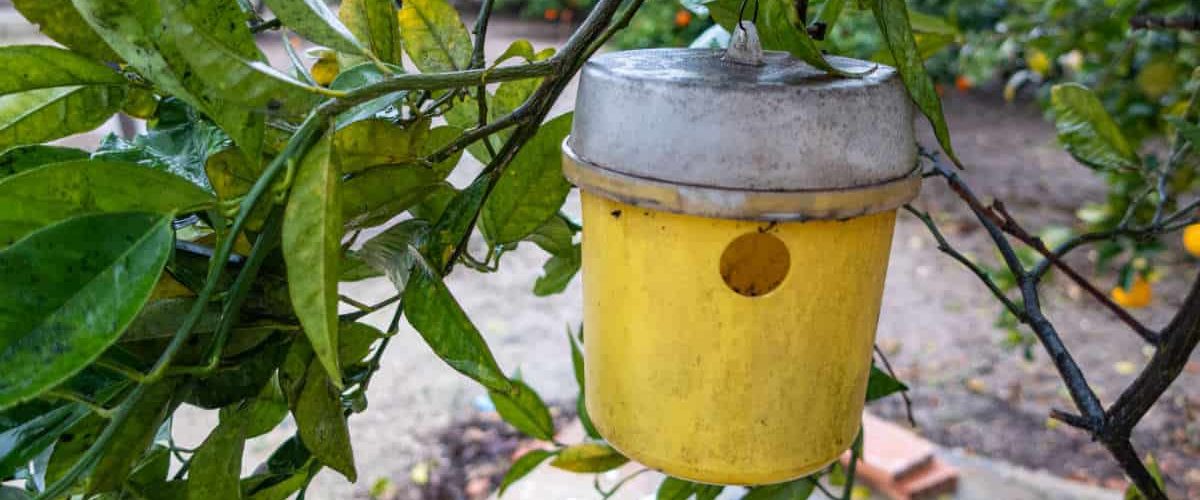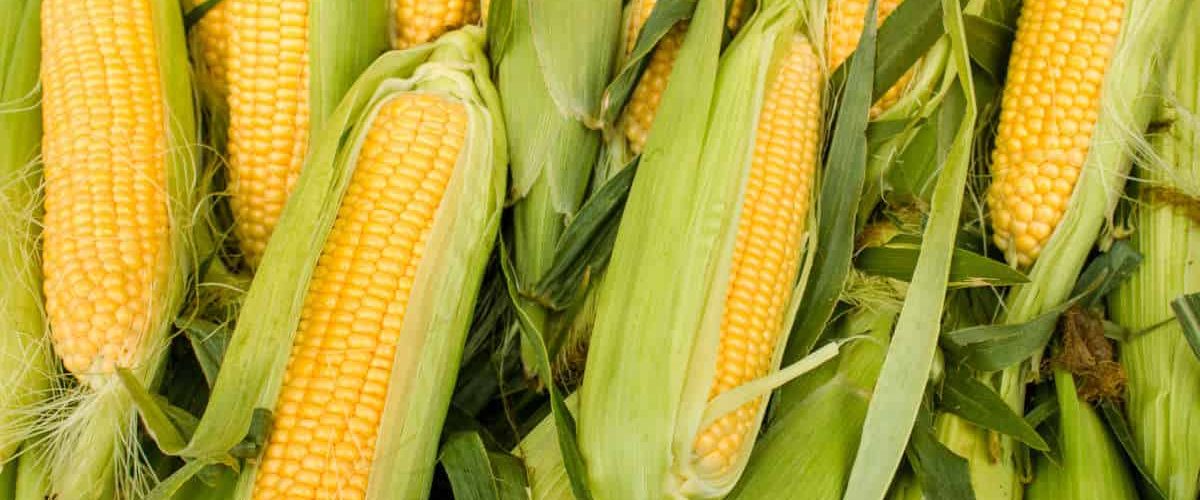Biopesticides
Biopesticides are generally referred to as those pesticides which are both naturally occurring and have a unique, non-toxic mode of action. They include microbial pesticides, biochemical pesticides, and biotech products used to control pests.
The Environmental Protection Agency (EPA) has determined that biotech pesticides will be included under the term Plant Incorporated Protectants (PIPs). Microbial and biochemical pesticides are favorites of the organic industry. Biopesticides may be regulated by both the EPA and by the United States Department of Agriculture (USDA), and sometimes the Food and Drug Administration (FDA)

Microbial Pesticides
These products utilize bacteria, fungi, protozoa and viruses as active ingredients. They are regulated by both EPA and USDA Animal and Plant Health Inspection Service (APHIS). Examples of microbial pesticides include Bacillus thuringiensis (Bt), and Beauvaria bassiana.
Biochemical Pesticides
These products are the non-living Biopesticides and include things like pheromones, growth regulators, and natural herbicides. They are generally only regulated by EPA. Examples of biochemical pesticides include things like the codling moth pheromone and methoprene.


Plant Incorporated Protectants (PIPs)
PIPs are pesticides that are also products of biotechnology. They include genetically modified corn, cotton, and potatoes. Bt Corn, which has genes that express microbial toxins from Bacillus thuringiensis and therefore controls pests like corn borer and corn rootworm, is one example. PIPs are unique in their regulatory coverage and are also covered on our Biotechnology page.